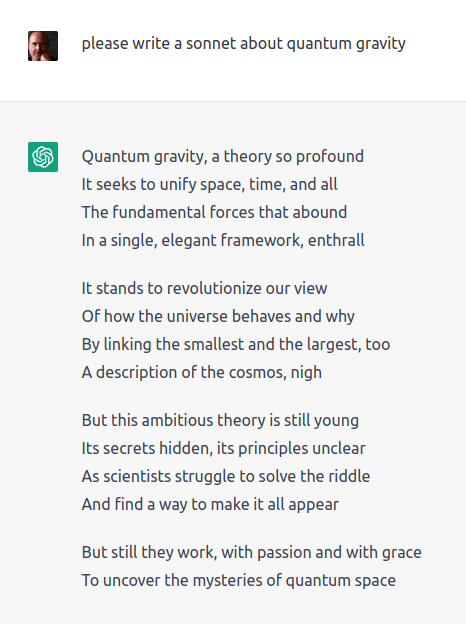So what exactly is the Planck length? A thread. 1/
https://twitter.com/elonmusk/status/1650658418816950273
What this means that is if we probe a system with a spatial resolution of Δr, then that introduces an uncertainty in the momentum associated with that system of 3/ 

Here ℏ is Planck's constant h divided by (2 π). 4/
What this means physically is if we probe any system (even empty space!) with on shorter and shorter distance scales, there is a correspondingly larger and larger uncertainty in the momentum of that system. 5/
We can also think of this uncertainty in the energy as an uncertainty Δm in the mass by using Einstein's E = m c^2, so that 7/ 

The Heisenberg uncertainty relation then means that if we probe space with a resolution Δr, there is an associated uncertainty in the mass contained within the radius Δr, 9/ 

The smaller the radius Δr, the larger the uncertainty in the mass Δm contained within that radius! 10/
Now we can ask: how small must Δr be for the associated mass Δm to be large enough to make a black hole? 11/
The Heisenberg uncertainty relation tells us that if we probe space with a resolution smaller than this distance, called the Planck length, we will start making tiny black holes as a result of the measurement process. 14/
This means that we cannot describe systems of this size or smaller without taking into account the quantum properties of spacetime itself, which requires a theory of quantum gravity. 15/
Which we don't have. 16/
So we do not actually know whether or not it is possible to divide space up smaller than this, because we do not have a theory which would describe space on scales this small. 17/
Answering that question requires an understanding of quantum gravity. 18/
So ... 19/
Maybe the Planck length represents a minimum possible distance, some discretization scale for spacetime, and maybe it doesn't. We don't really know. 20/
This is one of many reasons why theorists are so interested in finding a working theory of quantum gravity, because it would enable us to answer questions of this sort. 21/
In the meantime, this rough calculation of the Planck length gives us a guidline for when we should stop trusting the theories we have. Beyond that ... here there be dragons. 22/22
@elonmusk think of how cool threads like this could be if Twitter supported Mathjax for equations!
• • •
Missing some Tweet in this thread? You can try to
force a refresh

 Read on Twitter
Read on Twitter














